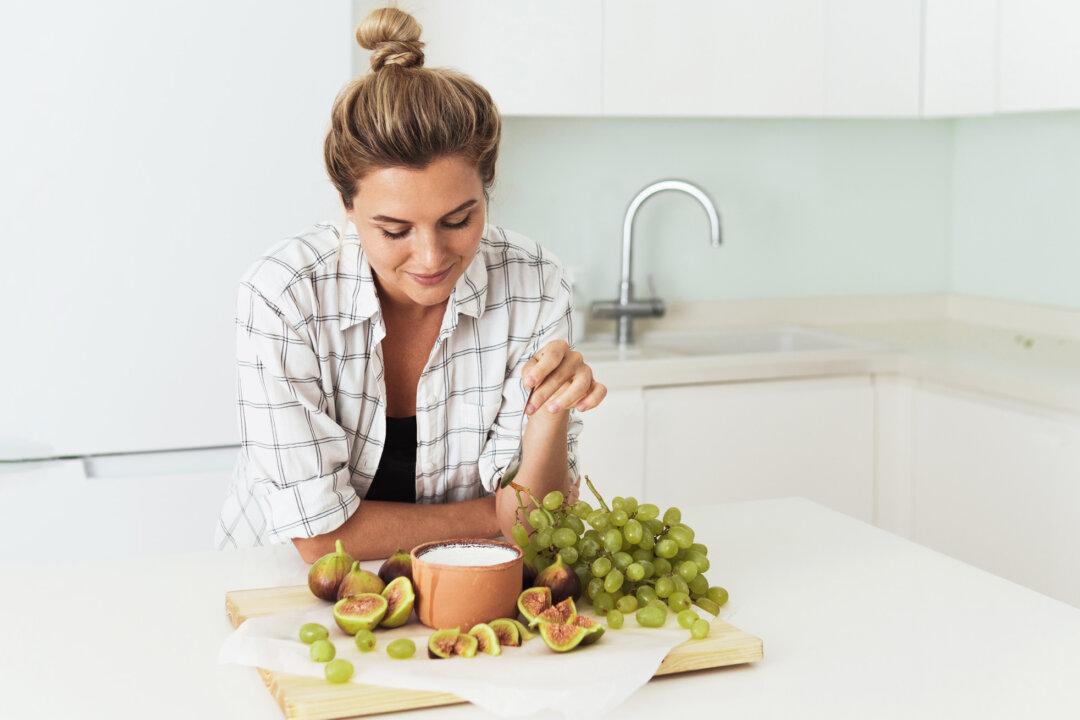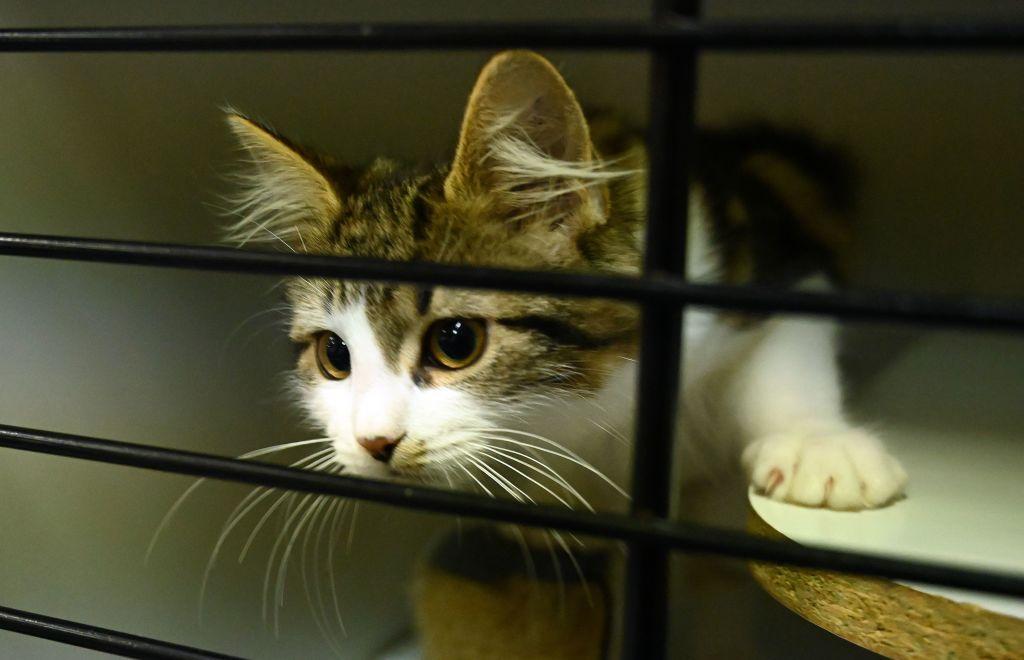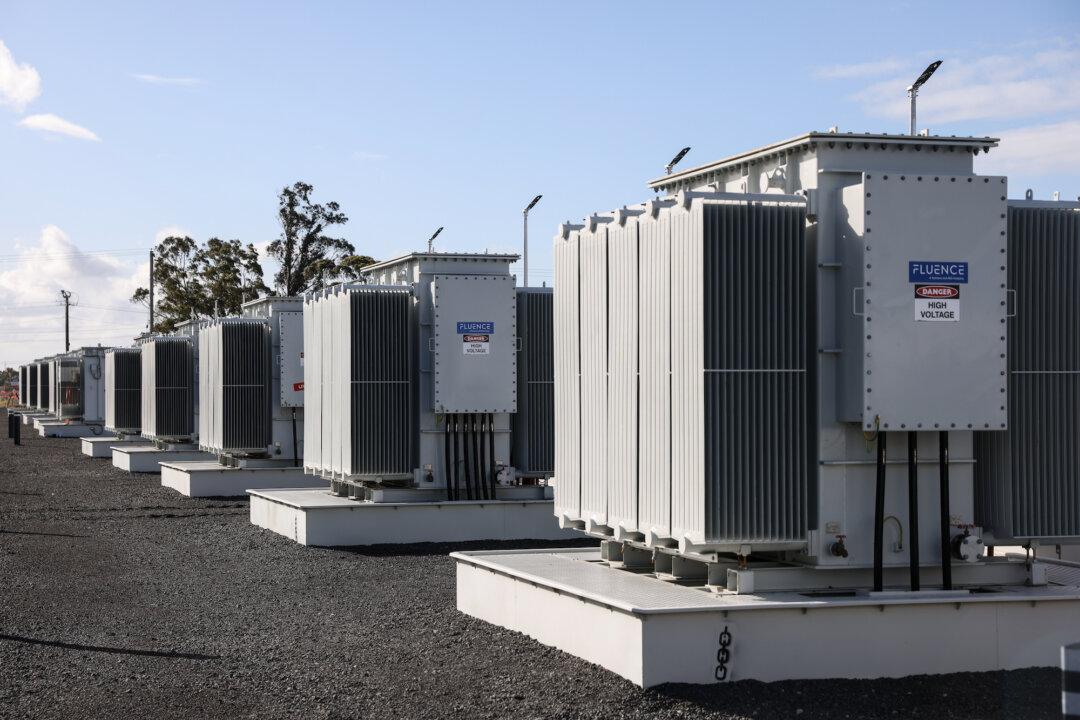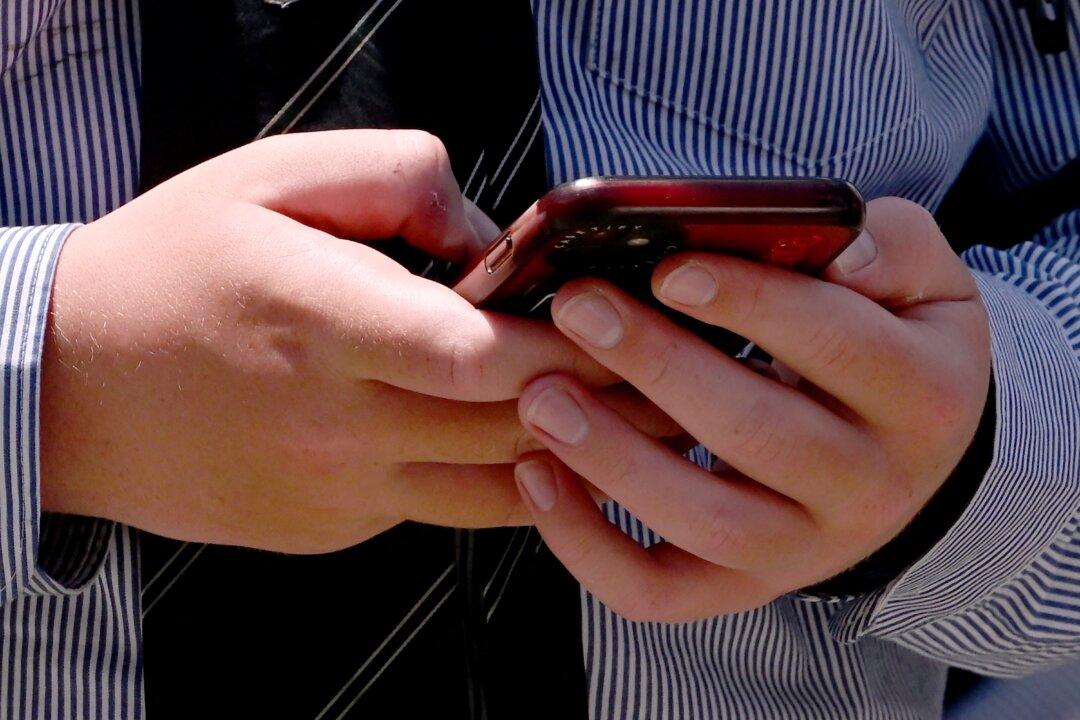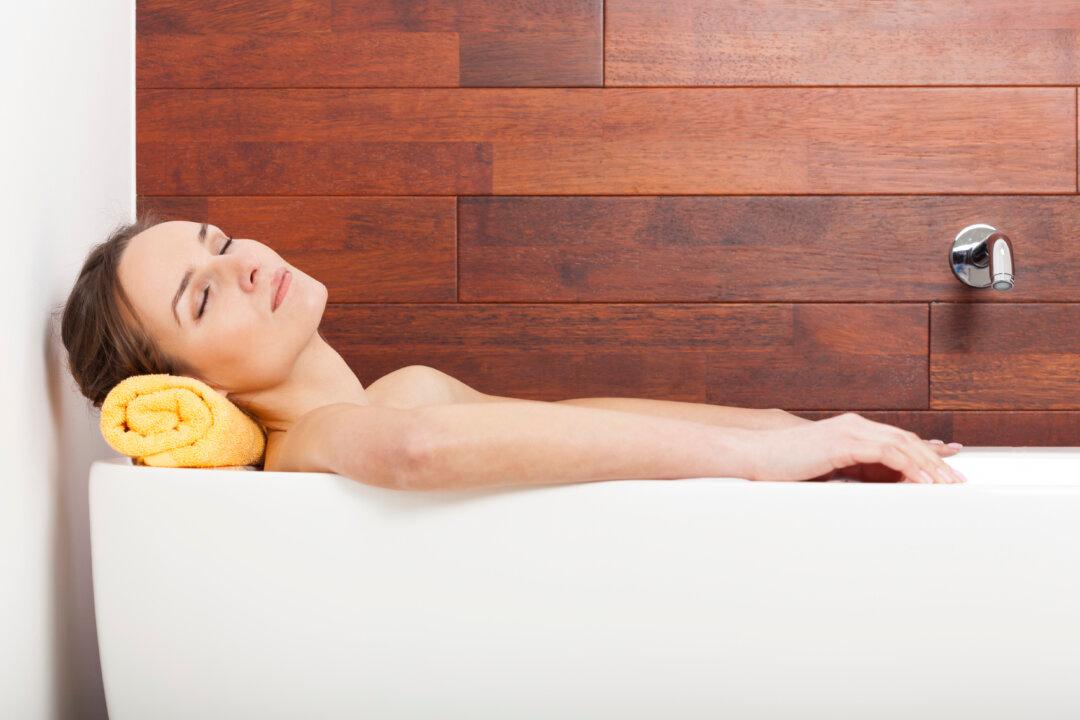A recent study found that confinement and isolation may impact how people perceive food aromas.
Researchers from RMIT University compared the perception and emotional responses of 44 people in two different environmental scenarios, microgravity (or zero gravity) and isolated confinement.
